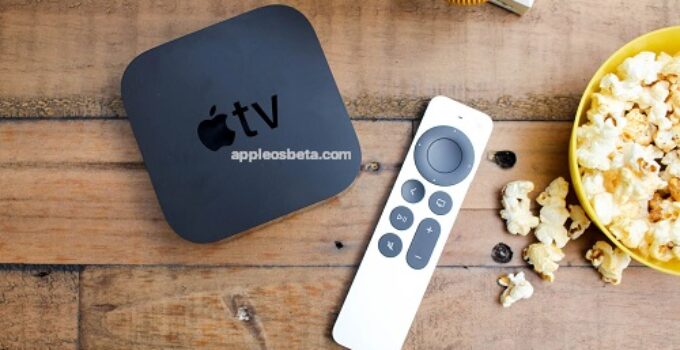Apple TV 4K 2022 review, as before, more than before, less than before. Apple in 2022 fixed its products without revolutionizing them: small improvements, performance increases and price adjustments. The Apple TV released alongside the new iPads is no exception. It is essentially the same Apple TV 4K that we have come to know since 2017, evolved in 2019 and then again in 2021. Compared to the latter, it has some technical innovations: a faster processor, more memory but also a price adjustment which however it goes down. The gist of the new version of the Apple accessory is all here. It is certainly not a lot but it is not a little either because the fact that today Apple TV, for years the perfect accessory for those who want to bring services from the world of Apple into the living room, with the new features it introduces, now starts at €169 instead of from 199€ to strengthen its position and helps to redefine the judgement.
Where did the App Store go on the iPhone and how to get it back?
Apple TV 4K 2022
If we wanted to start from the beginning and say what Apple TV is, we would expand this review to any limit and perhaps we would be doing something useless since those who read us should know it well 15 years after its launch. In summary we say that it is a media player that was created to bring some streaming services, in particular Apple TV +, and other digital content to the TV. All this does it in the classic Apple way, therefore elegant, precise, without frills. In essence it does it perfectly, matching equally perfectly in the Apple ecosystem.
View from outside
From an aesthetic point of view, the Apple TV is not easily distinguished from the previous model but if you put them side by side, you will notice that the 2022 version is smaller than the 2021 one. Apple has in fact eliminated some internal components in particular removed the cooling fan (yes you’ve never heard of it but the previous one had a fan…). Another small aesthetic detail that helps distinguish the two models is the fact that the word “TV” disappears next to the screen-printed Apple on the top.
Stylistically rendered the same. It has a linear design and totally no frills. The care in this area is, as obvious to Apple, very high even if we are talking about a device destined to disappear under a TV or a shelf.
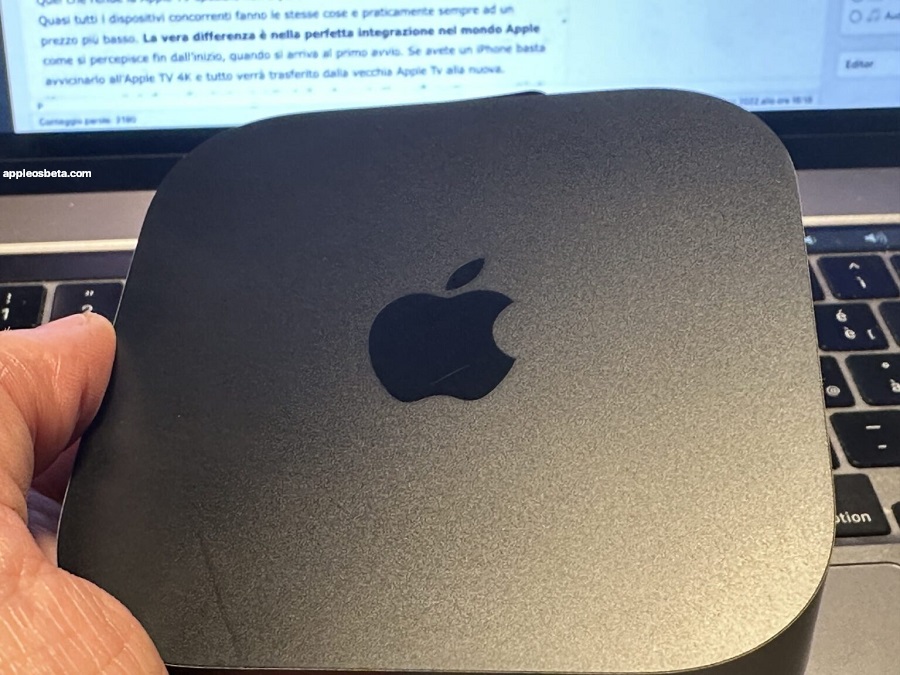
Stylistically rendered the same. It has a linear design and totally no frills. The care in this area is, as obvious to Apple, very high even if we are talking about a device destined to disappear under a TV or a shelf.
We also point out the fact that the Apple TV 4K 2022 edition has changed a technical detail of the remote control (also sold separately for €69): it is now recharged via USB-C and no longer with Lightning. A new step in the long farewell to the glorious standard that made the history of Apple products.
View from inside
From the hardware point of view, however, we have two significant innovations. The first one that is most understandable by everyone is the processor. Apple TV 4K 2022 edition uses the A15, the same one we have inside the new iPhone 14 and which appeared for the first time in the iPhone 13. The step forward in terms of performance, Apple says, is around 50 % in the CPU and 30% in the GPU also loading applications faster, thanks to the additional RAM and 16 cores against the 8 of the old A12 born in 2018 with the iPhone XR and XS.
According to some tests that we have found on the net, the increase in performance should be around 30% which is not a small amount. At a time like this, the reduction in consumption made possible by the fact that, as is already known in the world of iPhones, each Apple processor is more efficient than the previous one, also becomes relevant. Just look at the increases in autonomy achieved by the iPhone 13 compared to the iPhone 12, iPhone 11 and iPhone XS.
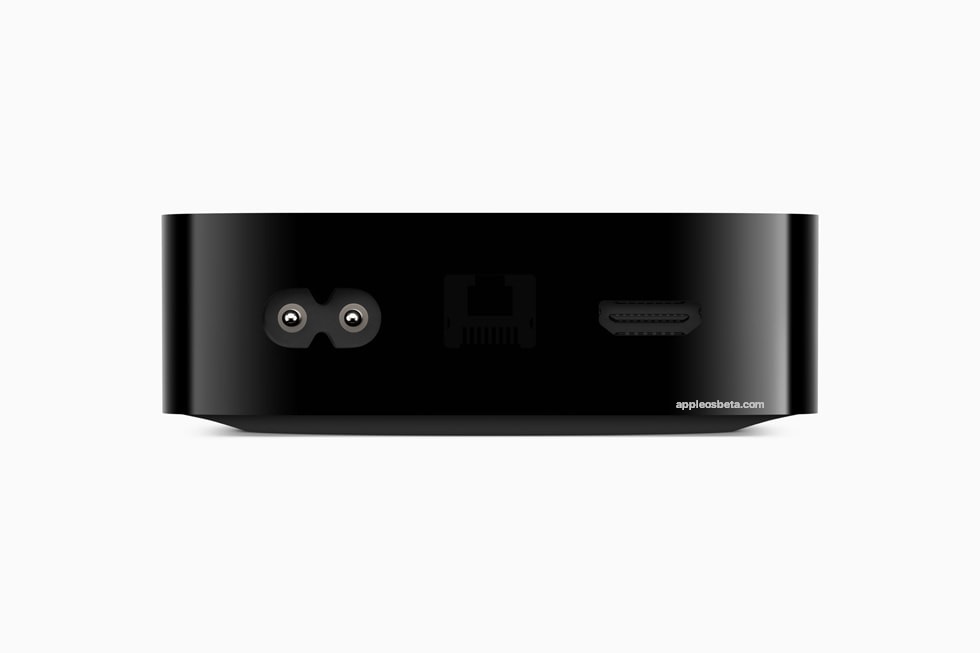
It should also be noted that the basic version of Apple TV, the 64 GB one (which takes the place of the 32 GB one), loses the Ethernet port, which from this year is exclusive only to the 128 GB version. When the Wi-Fi 6 standard catches on and keeps its promises this wouldn’t be a big problem but until then this choice penalizes those who don’t have a physical connection close to the Apple TV. A streaming video device in fact absorbs a significant amount of bandwidth and if the Wi-Fi router is not modern, the Apple TV will end up clogging up the network.
A little less relevant, at least at present, is the support in the top version of Apple TV of Thread connectivity for home automation devices. Even if the Apple TV 4K in all its versions (including the base), in fact, can function as a border router to control both locally and remotely devices compatible with both Homekit and the new Matter standard, only the 128 GB version supports thanks to Thread it can communicate directly and faster with accessories that have this connectivity without resorting to an additional bridge or the purchase of a Homepod mini.
As mentioned, whoever purchases the basic version will not have this as the main problem in the current state of things, certainly it is not in general and even for those interested in having the Thread it could take some time before they really miss it.
Connected to TV
When connected to the TV screen, the 2022 Apple TV 4K behaves like the 2021 one. It supports Dolby Atmos, Dolby Vision, HLG, color balance, 4K 60Hz playback and HDR. From this point of view we were and are at the top.
In the HDR area we find the only important software novelty: in the 2022 version the Apple TV also supports HDR10+, a dynamic HDR format that adapts the contrast and balance of the content by reading the scenes one by one. Currently this function is supported by Prime Video and on Blu-Ray but the TVs that are able to handle it are still very few (and essentially from Samsung).
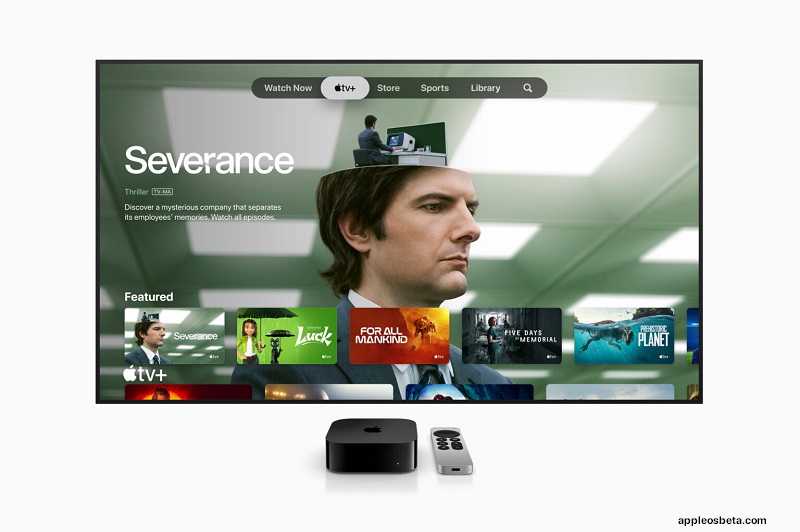
In the future, Apple says, there will be support for QMS VRR which makes the frame rate constant even when it changes, respecting the content without interruptions and black screens. Here for now we are in the more or less distant future since there are still no devices compatible with QMS VRR.
In the armchair
What makes Apple TV special, however, is none of the things we list above. Almost all competing devices do the same things and practically always at a lower price. The real difference is in the perfect integration into the Apple world as you perceive it right from the start, when you get to the first launch. If you have an iPhone, just bring it close to the Apple TV 4K and everything will be transferred from the old Apple TV to the new one. The applications will be downloaded and the Home screen will be restored. In practice, the need to re-enter the credentials (but iPhone and the remote control together make the operation much easier) will be like having the old Apple TV.
In addition there are all the advantages of having some apps, two for all: Apple Music and Apple Fitness + perfectly synchronized (the latter also with Apple Watch). App downloads and Apple TV purchases authenticate with iPhone, and iPhone functions as a remote control.
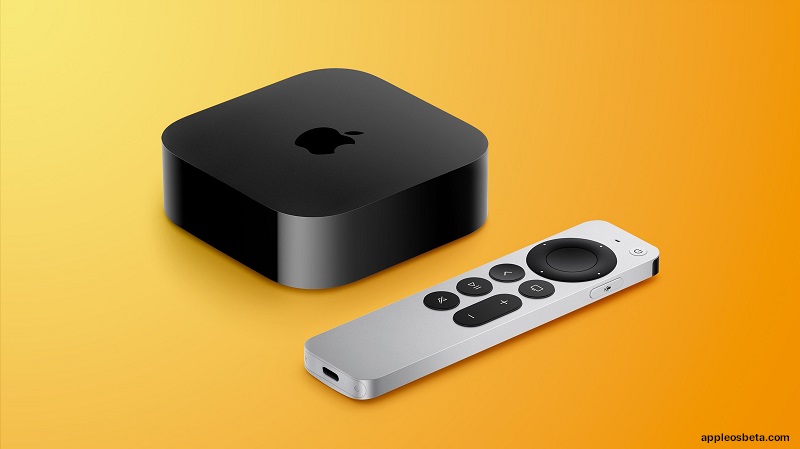
Let’s not forget the advantage of being able to connect the Airpods to Apple TV almost without a gesture and enjoy spatial audio. This experience cannot be replicated by any competitor and is a true strength of Apple TV. In fact, if spatial audio is a fun gadget on an iPhone, Mac or iPad, being able to sit in an armchair in front of the TV and listen to a film with such a convincing soundtrack from the point of view of spatial positioning is something priceless. in all senses. Just think how much Dolby Atmos Soundbar costs; Sure using Airpods with Apple TV won’t be the same but it’s pretty close at a fraction of the price.
Speed
Once connected and put to the test, the new Apple TV 4K remains appreciable for all the good things TvOS brings with it. The quality of the video playback is excellent, the interface is clear and without graphical frills and the performance is high even if we are convinced that in its current state the processor changes life.
Something is noticeable in the launch of the programs and perhaps even in some games (which we tried very superficially) but we are willing to bet that in a blind test without a real side-by-side comparison it would be difficult to distinguish the 2022 Apple TV with the naked eye from that not only of 2021 but also of 2017.
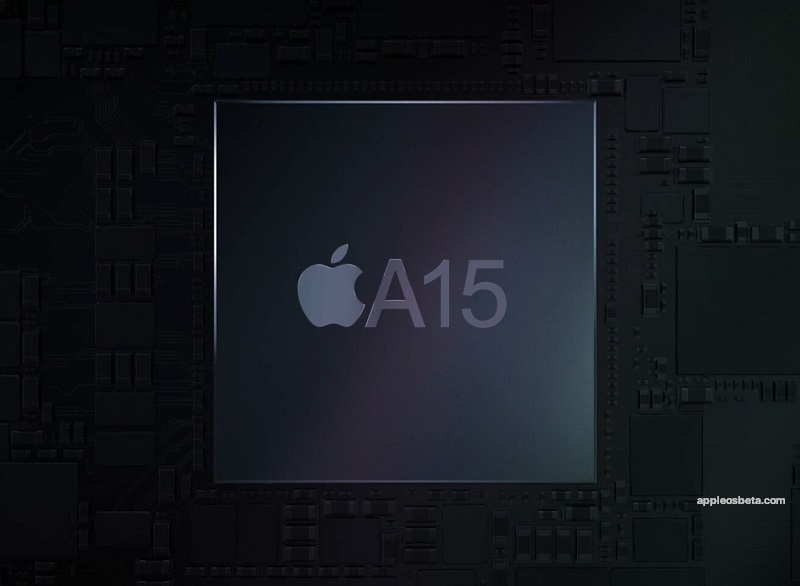
In the future, however, things could change because the A15 processor has great potential that developers, especially games, could exploit by making the differences between the previous generation Apple TV and that of 2022 more perceptible. Who knows if this power will not be taken as a ‘opportunity also for those developers who have shown little interest in the platform and convinces even those who have stopped investing in it to retrace their steps, abandoning promising applications like flotsam.
Control and Siri
The control of the system is perfect thanks to the new remote control which already from the previous version has replaced, improving it from the control point of view, that of the first versions, very elegant and distinctive but less functional. Speaking of the remote control: we join the chorus of those who notice that while some competitors (Amazon with Fire TV) have added the function to find it, Apple which has a system like Find My has not thought of making it compatible with it, thus avoiding spasmodic searches on my knees to peek under the sofa and the overturning of cushions.
There is also Siri which according to what Apple tells us will soon be able to distinguish the voice of six people to present them with suggestions adapted to their preferences. For now, however, as is well known, on Apple TV it behaves in a different, sometimes bizarre and certainly limiting way compared to the way it works on other devices; in practical terms, Siri is optimized to respond to the typical functions of Apple TV.
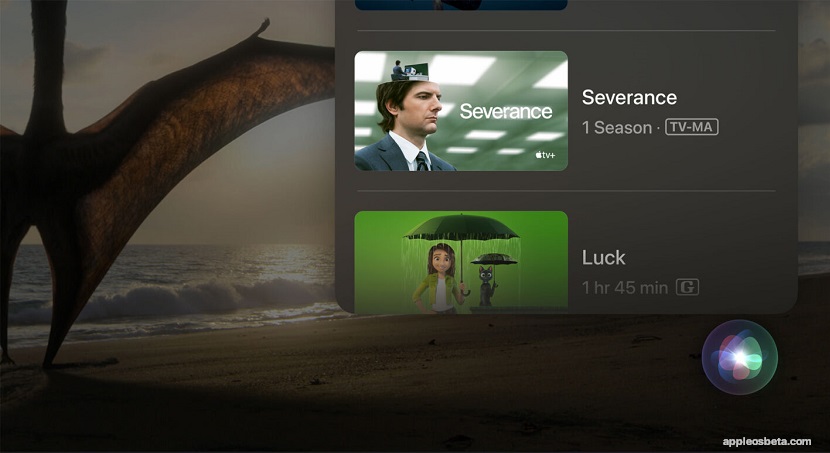
The new processor could instead be an opportunity to improve even the virtual assistant on a platform where it has a utility that may appear limited in scope but which in reality could be quantitatively higher, according to the writer, than that which it has on the iPhones. Allowing Siri to answer questions that arise while watching video content, a film or a documentary, and which perhaps have nothing to do with the film but are a curiosity that expands the vision, would have been welcome.
Another missed step forward is the absence of a complete Home application. Given the increasingly central role that Apple TV should have in home automation (see Matter Thread connectivity above) perhaps it would have been better to be able to interact with the devices directly, without being forced to resort to Siri.
Conclusions
What can be said at the end of a review of a product that costs less and is better than the previous one? Obviously that it must be the first choice for those who have an iPhone, an iPad or a Mac and who are looking for a media extender that is easy to use, elegant in the interface, linear in control and powerful. Those who have an Apple device will never find anything so integrated and complementary if they want to expand the functional possibilities of the services they find on their devices; even if the price of comparable products (such as the Fire TV Cube) is lower, the price difference of a few tens of euros will be amply repaid.
With Apple TV we have extreme ease and transparency in accessing the contents and not only those of Apple TV + but all. Just think of the ‘account integration and the way passwords are transported from one system to another through iCloud or the ability to instantly see your photos uploaded to your phone on your TV. Let’s not forget the clarity with which even third-party applications are presented, without unnecessary frills and advertising.
Those who have the Apple TV 4K 2021 and probably also those who have the 2017 version should not take our advice. Those who fall into this case do not have many reasons to buy the 2022 version unless you want to play Apple Arcade or you want to take advantage of the Thread per Matter functions and maybe you intend to buy an HDR 10+ TV. In this case, the purchase of the Apple TV 4k 2022 makes sense but the choice must be for the 128 GB version: it not only offers compatibility with Thread but also has an Ethernet connection and this for only 20 euros more.
Those who do not have an iPhone or an iPad and have no intention of buying one, it is better to look elsewhere. The functions that make Apple TV exclusive are linked to the Apple ecosystem. Those who have no interest in it buy a Fire TV or a Chrimecast, they cost less and give the same things.
Price and availability
Apple TV 4K 2022 costs 169 euros or 189 euros depending on the memory. It can be purchased in all Apple stores, at authorized resellers, on the Apple Store online or even on Amazon which is an Apple authorized reseller.
